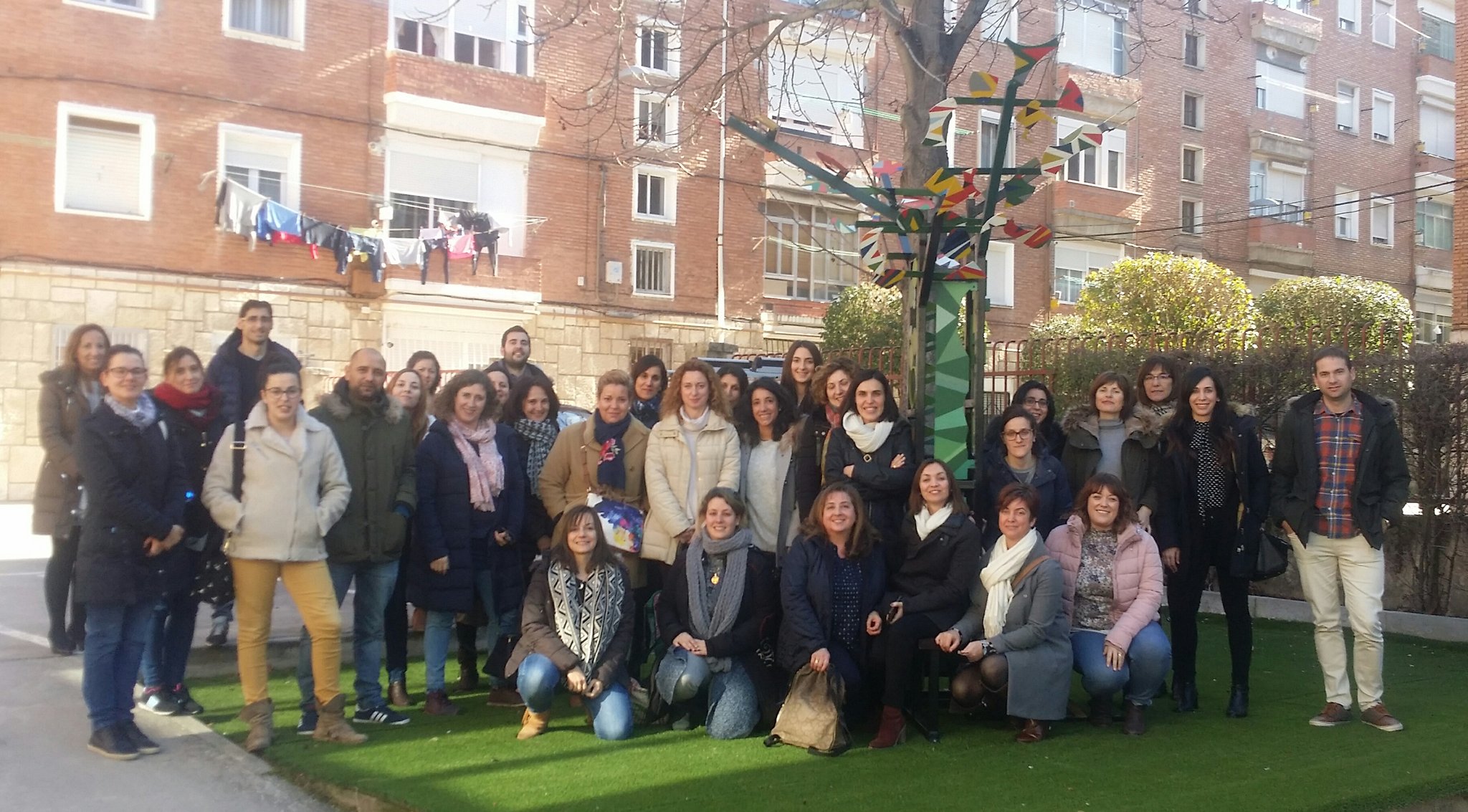Your task: Plan a cross-curricular mini-project. Your
mini-project should incorporate some of the techniques you have seen on the
course so far. Complete the table below.
|
Topic and project title
|
Bees make honey.
|
|
Your subject area: How will the project fit with your
subject?
|
In English, we are in the didactic unit of the farm, so we
decided that our mini-project was going to be related with it, focusing on
the bees, how they work, and their importance in our planet.
|
|
Who are you doing the project with?
|
The subjects that are going to be included in the
mini-project are English, Arts and Music (which are our bilingual subjects).
|
|
Learning objectives
|
To know about bees, how they live and work to make honey.
The importance of bees in our planet.
There is…/There are…
Abstract art
Know different types of music.
|
|
Anticipated problems (and solutions)
|
Make flashcard with the vocabulary they will need to
express themselves.
Find a big wall to make the drawing.
|
Teach your mini-project. Reflect on how it went. Be prepared
to give feedback.
|
Group and date taught
|
2º Primary, 20th
and 21st February
|
|
What did you do?
|
-Question: What would happen
if bees disappear of the planet? (driving question). They have to go home and
ask their parents, or find information with them, so in the next lesson, we
start giving different answers to the question.
-We start answering the
question, and they draw their answer in a piece of paper, so we can have them
in the class.
-Video: Bees make honey
(Oxford Rooftops- 2nd Primary). We
show them flashcards with some of the words of the video ( four words:
flower, bee hive, bee keeper, honey). We also bring honey to taste it.
-With a screen of the video,
we use “See, think, wonder” to let
them talk about the video. We also work
“there is.... “ “there are....” structures. We have the structures on the
wall, so they have to use them to explain the picture.
-Activities about the video.
Think, pair, share technique.
-Related
to bees, we are going to listen to the “Flight of the Bumblebee”, and ask
them what do they think about it.
-To
finish, we are making an abstract drawing. They have to imagine that they are
bees flying while they listen to music, and they have to represent the flight
with different colours in a big piece
of paper.
|
|
What went well
|
Motivation because of a
different way of learning.
They worked really well in
groups.
They were really interested
on the topic, and wanted to learn more about it.
|
|
Reflection for future
practice
|
|
|
What needed improvement/changes and
why
|
We realized that we could
have extended the mini-project, and involve some other subjects. For example,
we can use this topic to make maths problems, we can make a bigger investigation
in science, even if it is not a bilingual subject, ...
Working in groups is still
difficult for them, because they start talking to each other before thinking
the activities on their own.
We were a bit short of time.
|
|
What would you change considering
level, age or other factors
|
In higher levels, we would
increase the difficulty of the structures used and the amount of vocabulary.
They would also have to find
information about bees on their own, from a list of web pages given by the
teacher.
Instead of drawing the
answers, they would have to write it down.
|




No hay comentarios:
Publicar un comentario